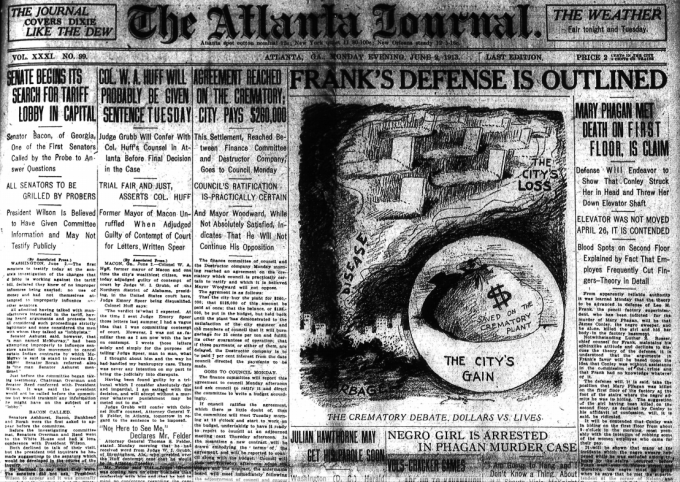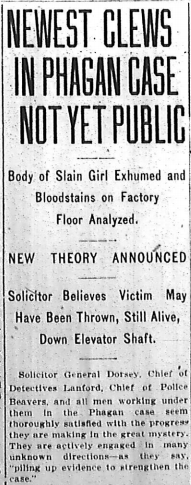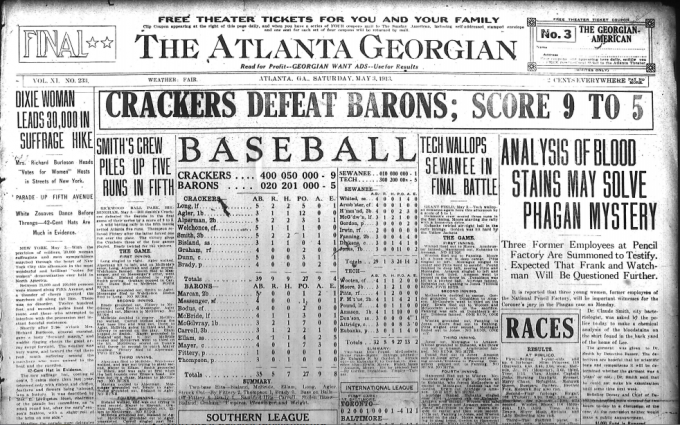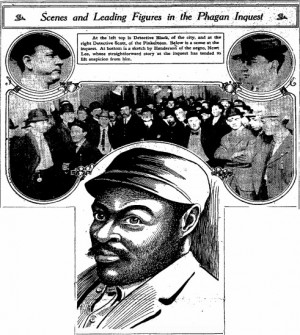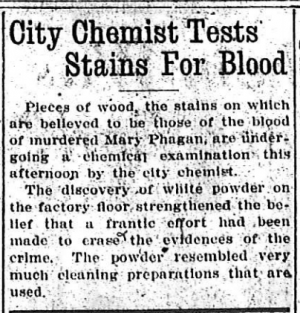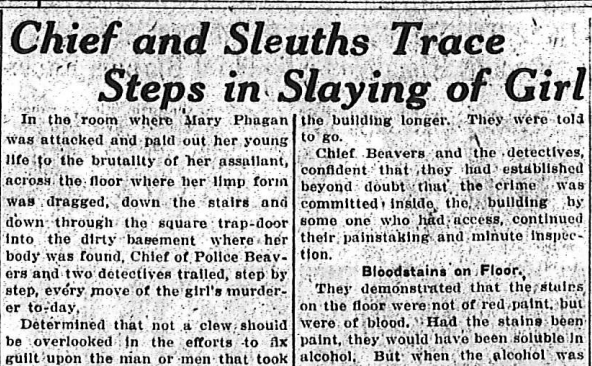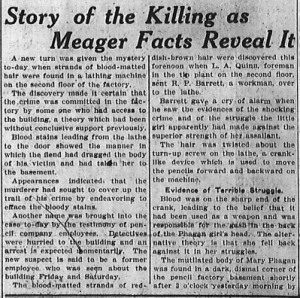Another in our series of new transcriptions of contemporary articles on the Leo Frank case.
Atlanta Constitution
August 3rd, 1913
Police Chief James L. Beavers followed Dr. Hurt upon the witness stand. Mr. Rosser immediately asked him if he had been in the courtroom, as he had not been named by the state when other witnesses were named, sworn and put under the rule. He replied that he had for a short time and Mr. Dorsey explained that in the beginning of the case he had no intention of using him.
“Were you present at the National Pencil factory on the Monday following the finding of the dead girl?” asked Mr. Dorsey.
“I was there not on Monday, I believe, I think it was on Tuesday,” he replied.
“Did you see the area of the floor around the girls’ dressing room?”
Mr. Rosser then arose and declared that he did not think that the court should allow Mr. Dorsey to get Chief Beavers in as a witness merely on his statement that at the time the other witnesses were sworn and put under the rule that he did not know he would need him.
Continue Reading →
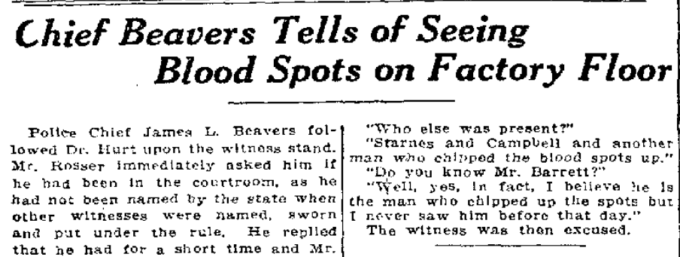
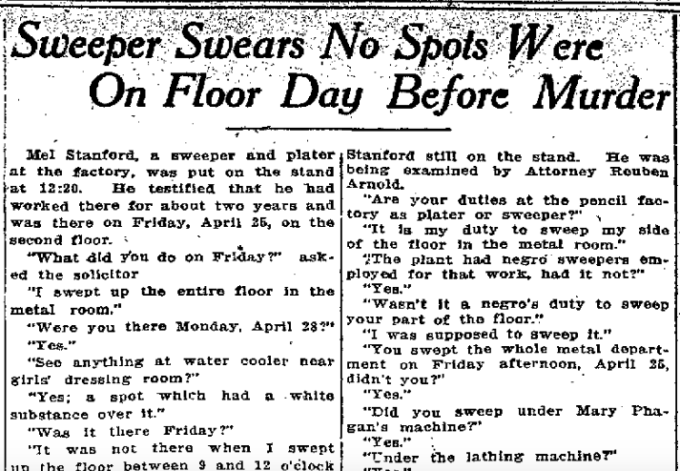
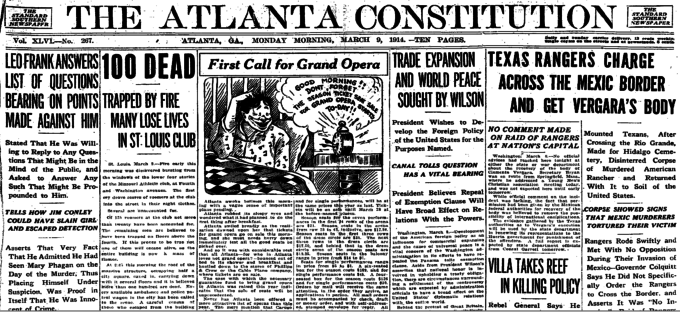 Another in
Another in 